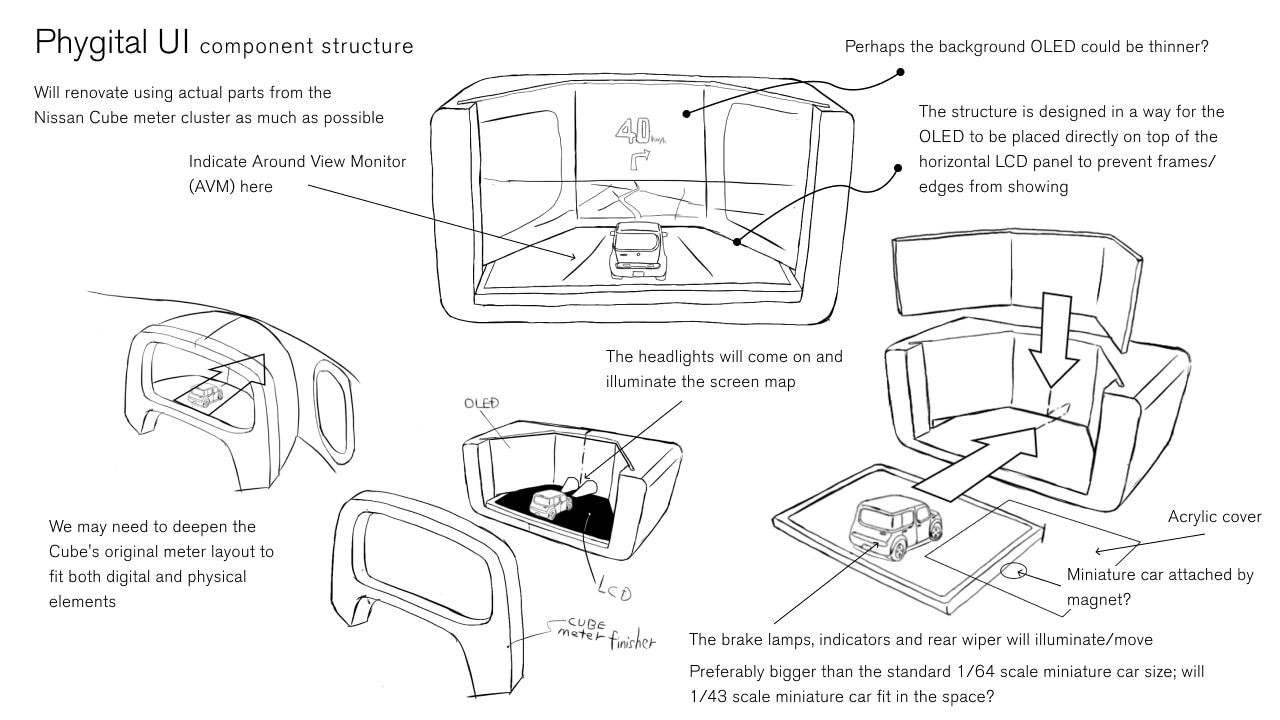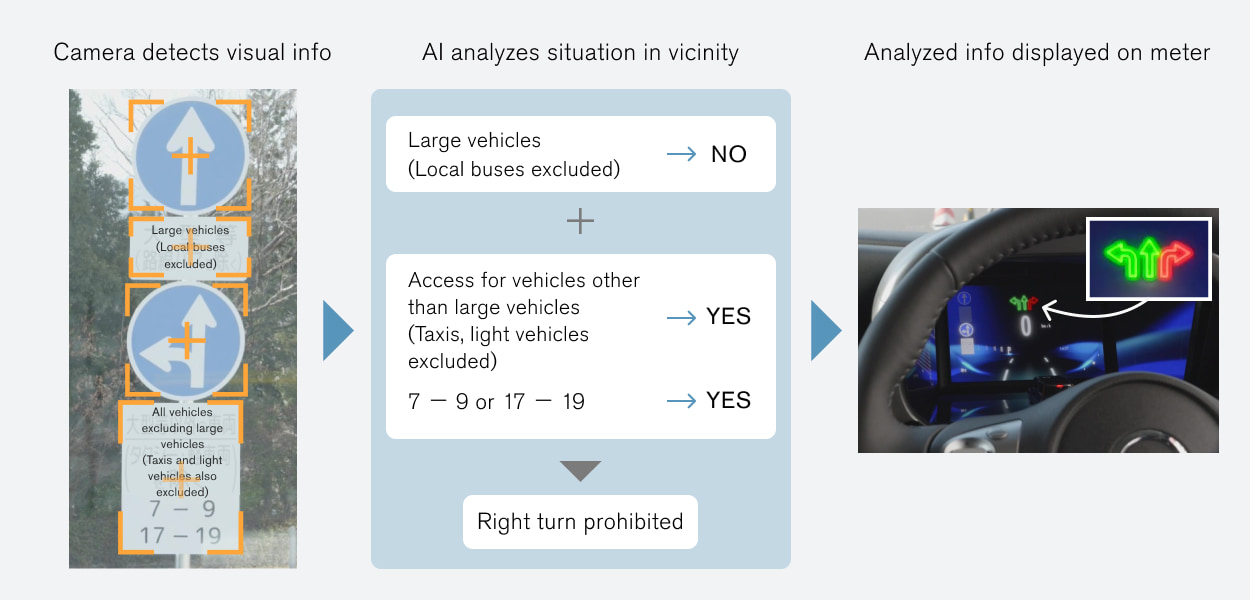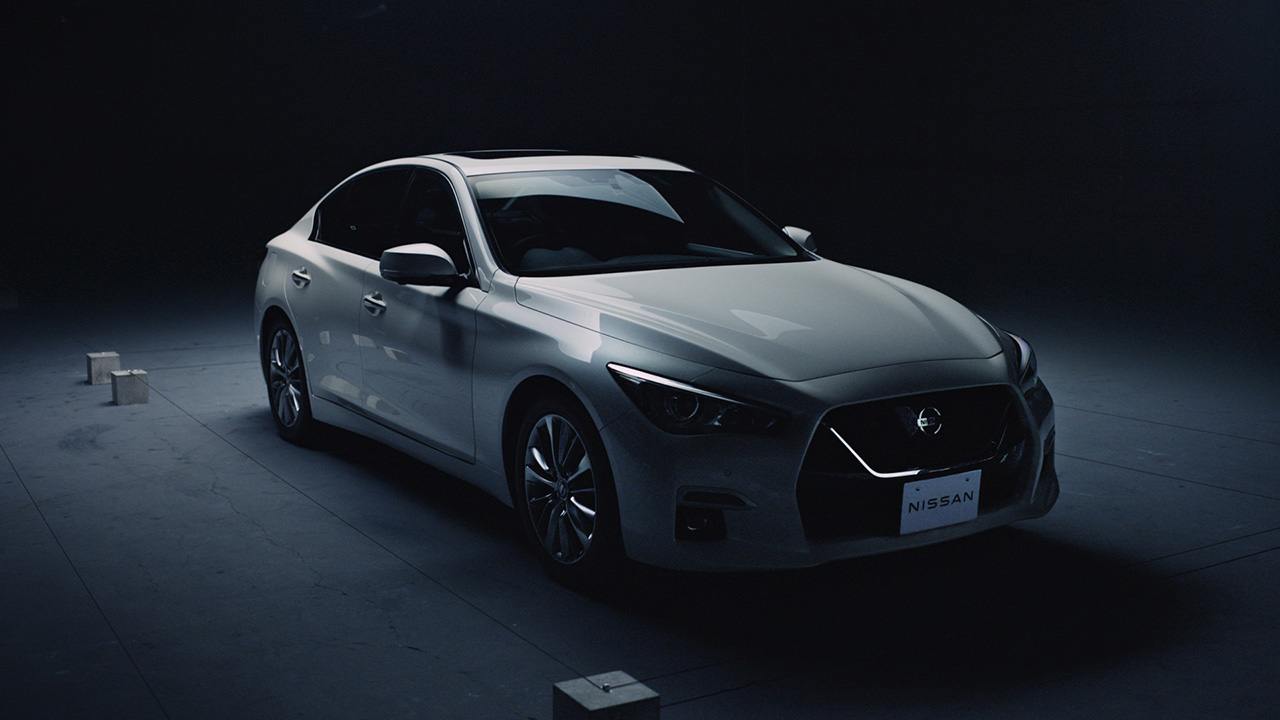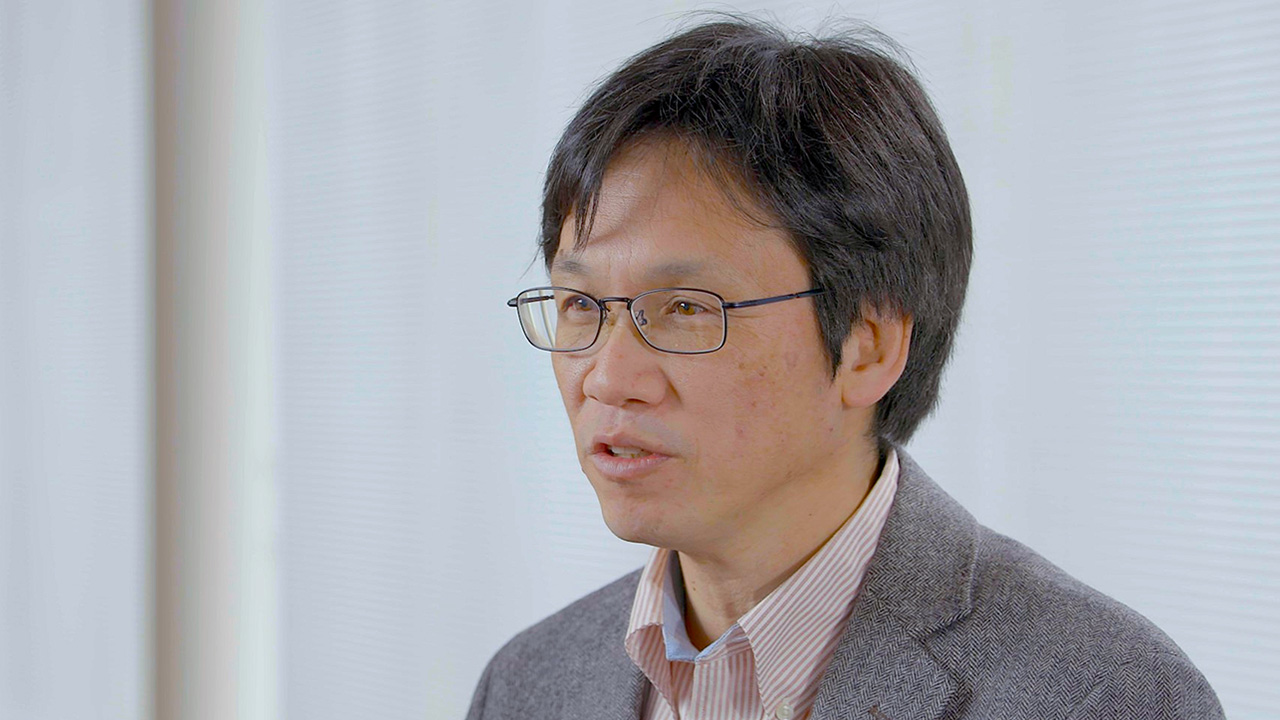A unique sensory mobility experience bringing physical and digital touchpoints together
With technology making evolutionary leaps and bounds, large screen displays are increasingly taking center stage in car cockpits, while physical switches and buttons are gradually disappearing.
At the same time, intuitive touch panels and voice-based interactions are fundamentally changing how we communicate with cars.
However, Tetsuro Ueda asks a very important question: "Is a central screen that controls everything the only choice that people desire?"
While digital technology allows for the fast processing of large amounts of information, at times it can simply feel too impersonal. In contrast, the physical aspects of technology stimulate the senses and create an emotional connection or attachment. Over time, the connection users develop with machines can foster a deep emotional attachment.
“In this era of digitalization, are people not seeking the connection of tactile, hands-on experiences?” This question was the starting point of exploration for Ueda and his team that resulted in Phygital (physical + digital) UI, a control environment that brings together the best of both worlds.

Phygital UI component structure overview (Exploring the possibilities)
New surprises and excitement disrupt preconceived notions of digital technology
The Phygital UI merges physical and digital in a way that delivers new excitement, wonder and experiences to the user. Central to this UI is a special miniature car model embedded in the instrument cluster. It synchronizes with the real vehicle, mirroring its movements by simultaneously opening its doors and activating its lights. This small piece of disruptive production delivers a new kind of excitement and wonder that simply cannot be achieved with a flat screen. It captures the heart of the driver and passengers, and leaves a lasting impression.
Furthermore, AI assists in sensing the surrounding environment and presenting it in innovative ways. Within the meter display, a digital rendering of the actual surroundings, captured by a wide-angle camera, is generated in real time, with options to be displayed in various styles such as manga or cinematic. Drivers can choose a style based on their mood and preference, creating a uniquely personalized driving experience.
Imagine a miniature car model moving through a digitally rendered landscape in the selected style. The playfulness, creativity and imagination of this interface are sure to make everyone smile.
However, this UI is not limited to mere playfulness. It also helps improve driving safety. For example, when making turns at low visibility T-junctions, AI analyzes the surrounding environment by recognizing images reflected in the curve mirrors. This information is then presented intuitively through a display arranged three-dimensionally around the miniature car, supporting the driver in making split-second decisions. In addition, AI deciphers complex road signs and conveys them in a clear, comprehensible manner, assisting in an overall safer and smoother driving experience.
Convex mirror at a low-visibility T-junction

Complex road signs

Ueda says, “Modern cars are equipped with countless sensors and AI, but what’s important is how to effectively communicate that information to the driver.”
He adds, “The seamless fusion of the virtual and physical to offer more intuitive functions and customizable experiences can really resonate with the driver.” Phygital UI is cutting-edge technology. It has been developed to facilitate a deeper connection with human sensibilities and instincts, and to create new values, emotion and wonder.
Yokohama Lab’s challenge of appealing to the human senses to pursue a richer mobility experience will continue, striving for even greater heights.
Related Content

The CLV: a prototype born of bricolage


